Frederica Freyberg:
As of this week, the number of COVID-19 cases in Wisconsin exceeded 5,000, with more than 250 deaths. Is the “safer at home” order working? Are we flattening the curve? Is there light at the end of the tunnel? Those are some of the questions we posed to State Epidemiologist Dr. Ryan Westergaard this week and, doctor, thanks very much for joining us.
Ryan Westergaard:
Thanks for inviting me back.
Frederica Freyberg:
What about those questions? Midweek Wisconsin saw the largest one-day increase in confirmed COVID-19 cases to date. Why is this happening now?
Ryan Westergaard:
Yeah. It’s difficult to tell. The two reasons that could be an explanation is one is that we’re testing more people. And the second is that there’s more transmission in the community. And I think both are partly true. We’re unfortunately seeing additional outbreaks of COVID-19 in congregate living settings and some workplaces. So I think at least part of the numbers are being driven by outbreaks that we’re seeing. At the same time, we are trying to increase testing and getting the word out to providers to test a larger number of people, so that might also be playing a role.
Frederica Freyberg:
So it may be difficult to say given all of that, but how far do you think we are from hitting the so-called peak?
Ryan Westergaard:
It’s really difficult to say. Of course, you never know until you’re past it. But what our curve, what our epidemic curve looks like so far is relatively flat. So we’ve had an average of 150 and we’ve had over 200 cases this week, but for the past week to two weeks, we’ve been at a pretty consistent number of new cases. That’s actually what flattening the curve looks like. So I think that’s evidence of our success, that we’re not seeing a peak necessarily, but we’re seeing a plateau. That’s what we see when a disease epidemic is spread out over time. So it could be, although, like I said, we don’t know and we’re not out of the woods to continue to see more cases, but we might be in the middle of a peak and it’s just taking longer than it would otherwise
Frederica Freyberg:
And so that would suggest that the “safer at home” orders have been working?
Ryan Westergaard:
I think given what we know about how this virus epidemic has worked in a large number of communities where social distancing wasn’t implemented early, is that there’s no question that it’s working. If we projected the number of cases we had in early March and followed that exponential growth model to see what would have been expected if we continued in our normal set of interactions, we would have had many more thousands of cases. So I think the data are pretty clear, using a number of computer modeling strategies that we’ve saved probably well over 1,000 lives by doing the “safe at home” order that we’ve done. It’s really — it’s really without question.
Frederica Freyberg:
As you mentioned, we continue to see these hot spots popping up, like in Green Bay, where so far more than 250 cases are linked to meat processing plants. How concerning are those kinds of clusters?
Ryan Westergaard:
Yeah. It’s terribly concerning because it reinforces what we’ve learned about the virus, that absent really strict precautions on physical distancing or infection control precautions like we do in hospitals with masks and other personal protective equipment, the virus is so highly contagious that when people are in close proximity doing — at the workplace in essential businesses like in food service, a single case or a small number of cases can quickly spread through a community. So it’s very concerning. And I think it calls for the type of containment efforts that we need to really scale up in the coming months, because until we have a vaccine, the risk for these localized outbreaks and the potential for those turning into larger community spread is going to be there. So we have to really focus on containing cases at the individual level by doing these public health strategies like quarantine and isolation.
Frederica Freyberg:
Now, there’s new guidance from the state about who should get tested? Who should get tested now?
Ryan Westergaard:
In a perfect world, everyone who has symptoms that could represent COVID-19 which is acute respiratory illness, shortness of breath, cough, sore throat, body aches like the flu, should be tested for COVID-19. Everyone knows we’re not in a perfect world. The reason it’s imperfect is that health systems around the state don’t have similar access to the testing materials. A lot of health care is being done remotely via telehealth, so people are being encouraged to not come into their providers. So right now, there’s sort of a model we have in mind, which is that to really get the best information about the epidemic, we need to test most people with symptoms and probably a subset of people without symptoms if they’re connected to an outbreak investigation. But the reality is is that the health care system is a little bit — not running at its normal state right now because of personal protective equipment shortages and changes in operations to preserve the health care workforce for an expected surge. So it’s turning out that most hospitalized patients with symptoms are being tested right now, but there’s certainly capacity at the laboratory and our goal is to test a large number of people, including most people with symptoms.
Frederica Freyberg:
It has been reported that at least 19 people either voting or poll workers have tested positive since election day. Are you able to tie those cases to in-person voting?
Ryan Westergaard:
We can’t prove that without some pretty sophisticated molecular testing that’s not available routinely. What we’ve learned and what’s common among all cases that get reported to public health is through an interview process there’s a subset of people who may have been exposed because they were in the community associated with voting. Some of those people reported other potential exposures as well. And so at this point, it’s a possibility. We’re concerned about the possibility for future elections that we need to have really robust infection control precautions. And so it’s informed our thinking. But we haven’t been able to prove it conclusively that they’re obtained through the voting process.
Frederica Freyberg:
All right. With just about a half a minute left, overall what is your best advice for people right now?
Ryan Westergaard:
I think the advice is hang in there. Everyone should know that we’ve done tremendous good. Many lives have been saved by all the sacrifices we’ve made by staying at home and changing the way that we live and work. It’s going to be a long haul, though. We’re hoping that things are going to be closer to normal in the coming months as we ramp up our public health infrastructure and get closer to a vaccine. But until we have am effective vaccine, I think there’s going to be a lot of changes we need to live with to prevent the spread of the infection.
Frederica Freyberg:
All right. Dr. Ryan Westergaard. We really appreciate you being with us.
Ryan Westergaard:
Thank you.
Search Episodes

Donate to sign up. Activate and sign in to Passport. It's that easy to help PBS Wisconsin serve your community through media that educates, inspires, and entertains.
Make your membership gift today
Only for new users: Activate Passport using your code or email address
Already a member?
Look up my account
Need some help? Go to FAQ or visit PBS Passport Help
Need help accessing PBS Wisconsin anywhere?

Online Access | Platform & Device Access | Cable or Satellite Access | Over-The-Air Access
Visit Access Guide
Need help accessing PBS Wisconsin anywhere?

Visit Our
Live TV Access Guide
Online AccessPlatform & Device Access
Cable or Satellite Access
Over-The-Air Access
Visit Access Guide
 Passport
Passport








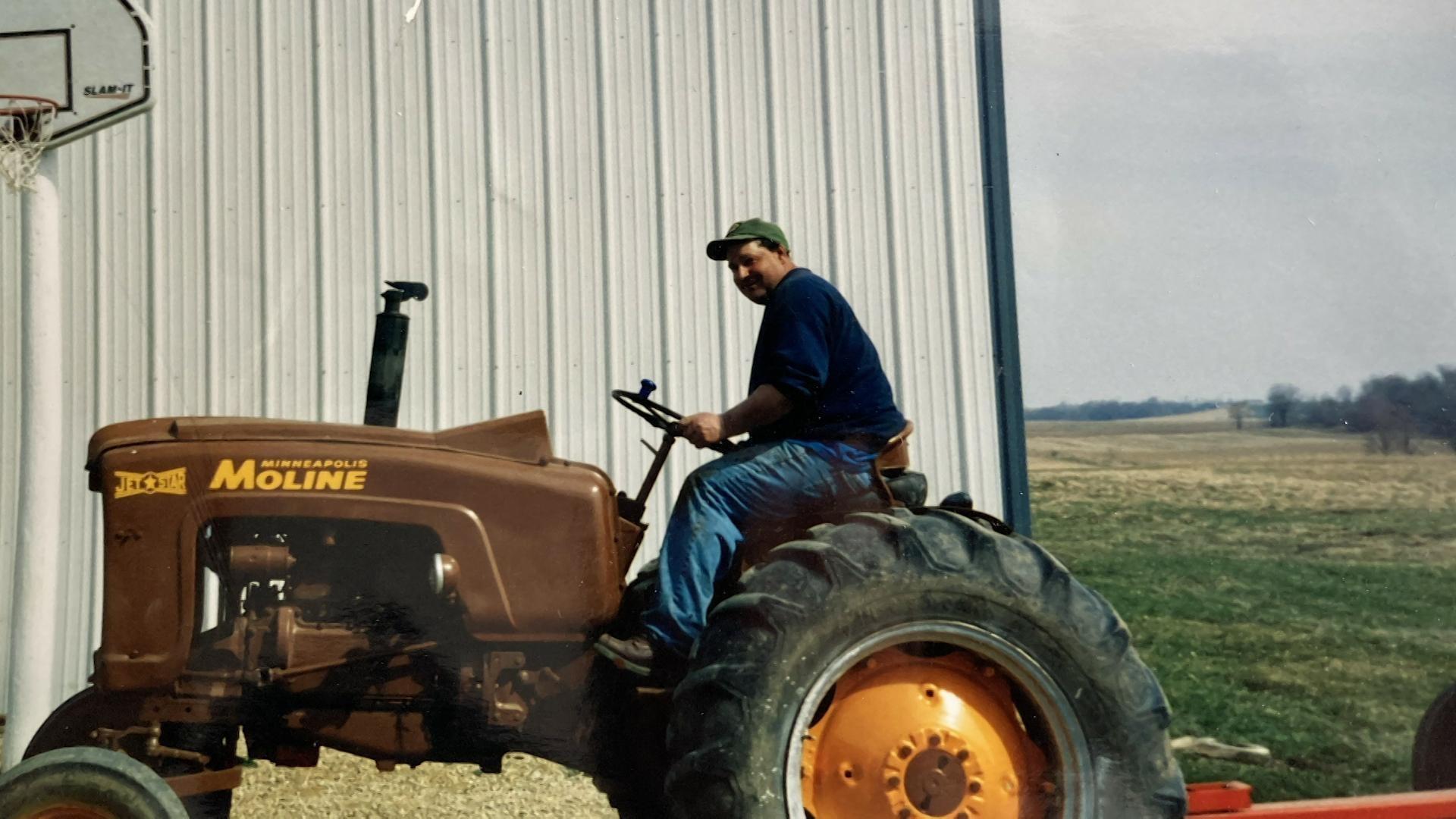
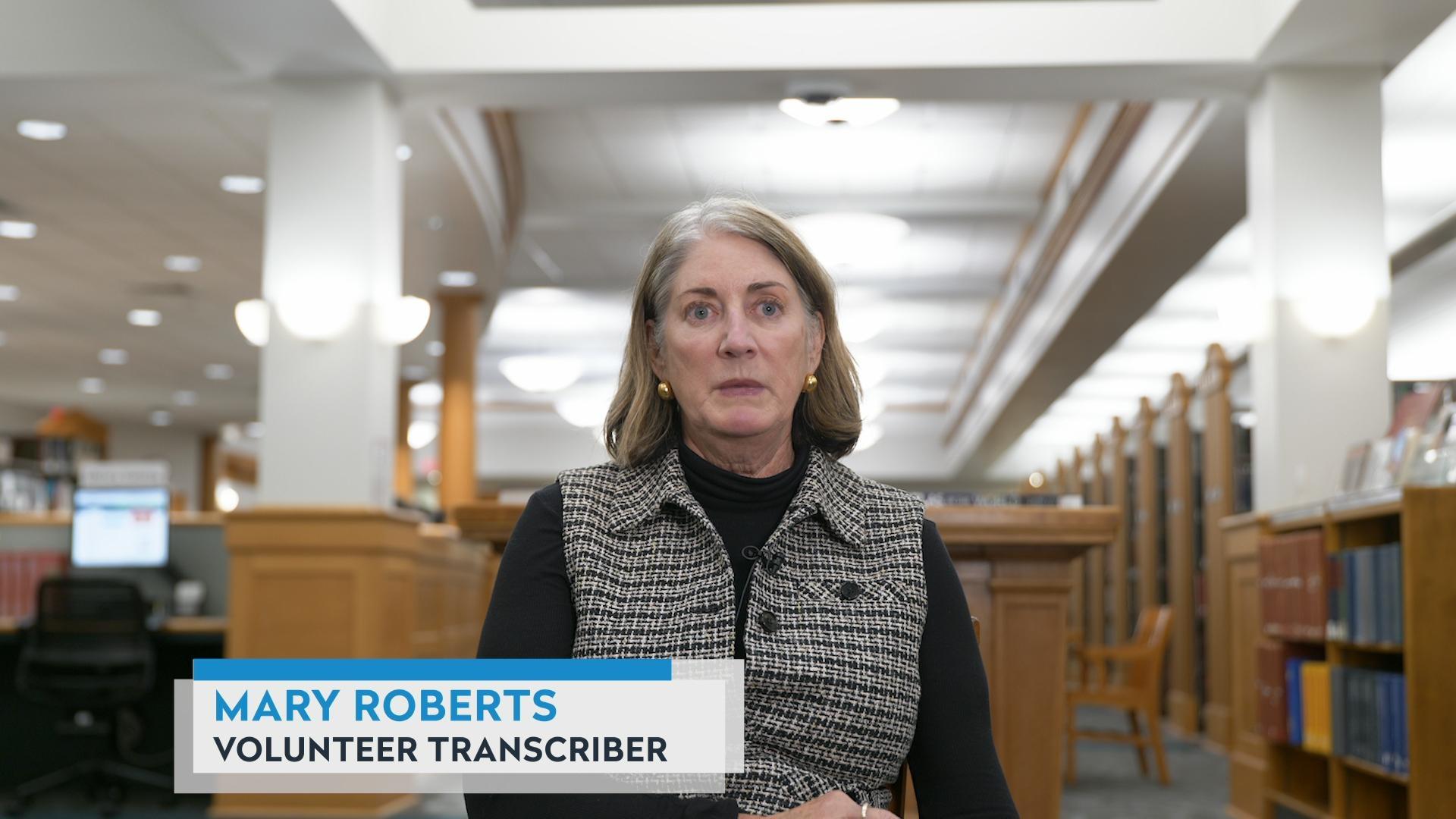

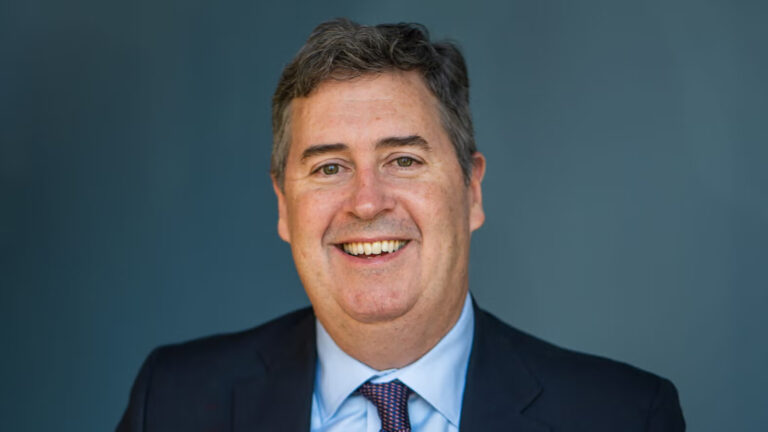

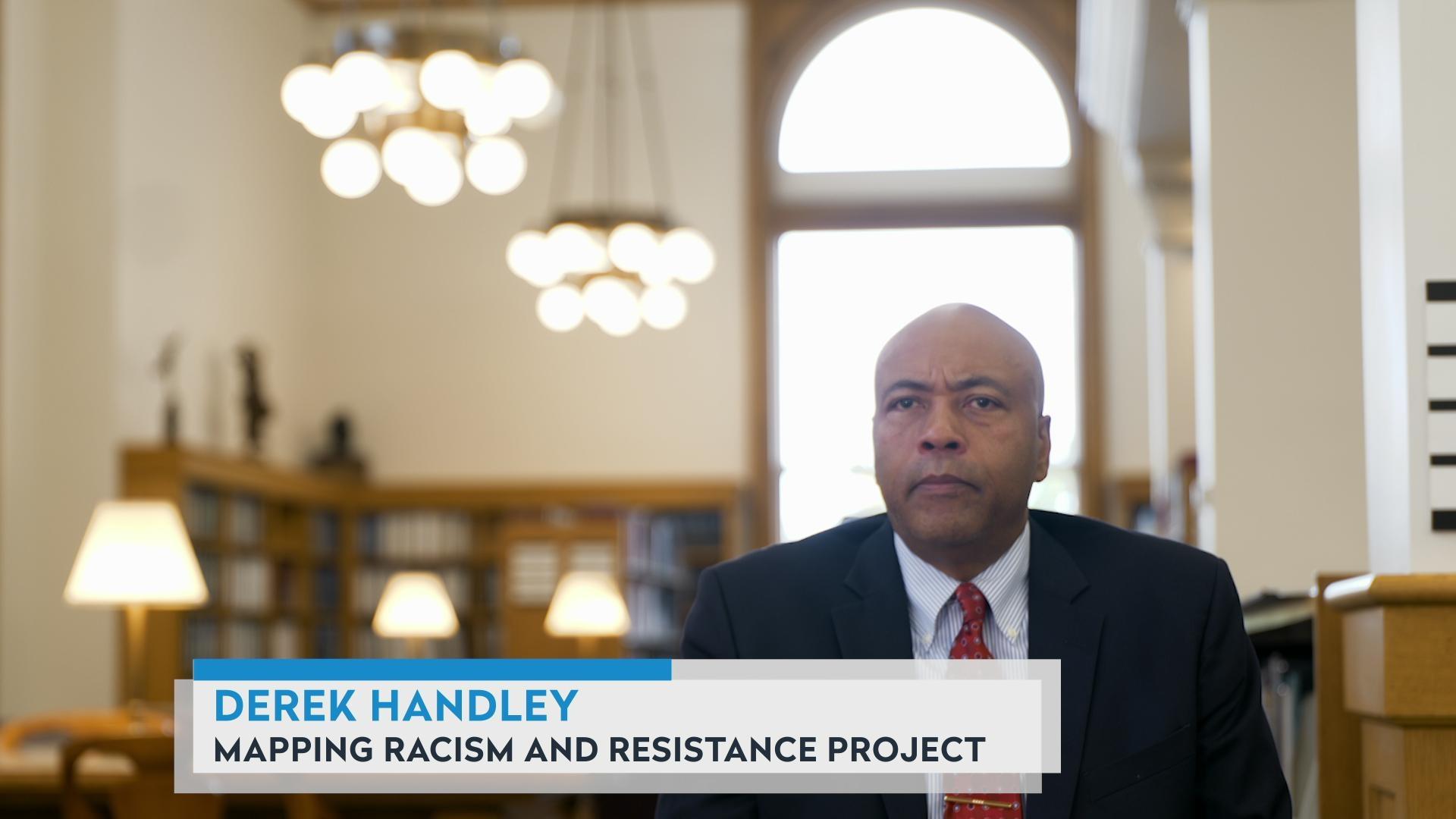
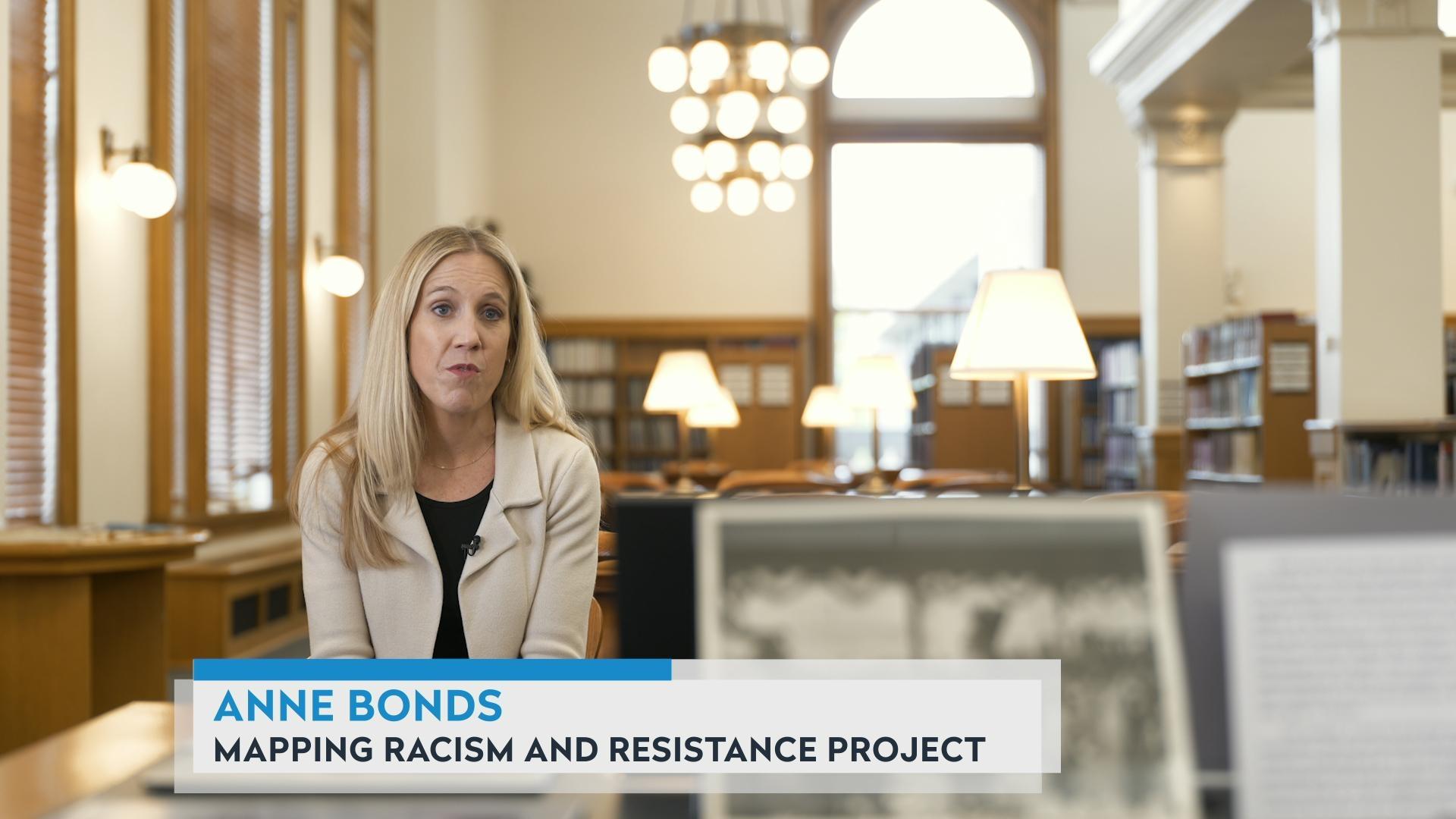



Follow Us